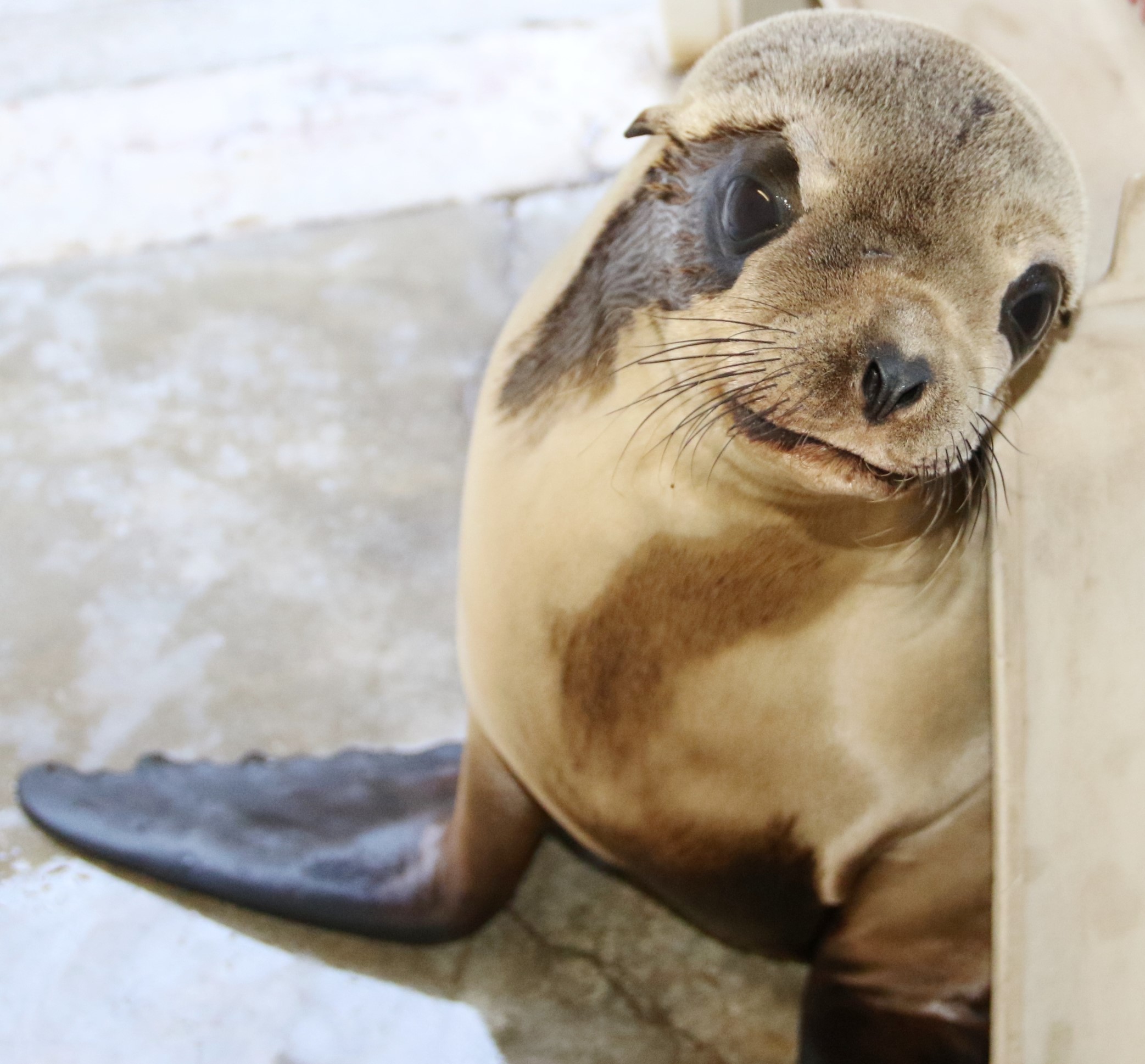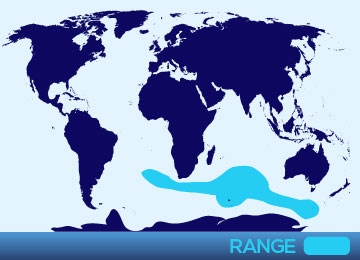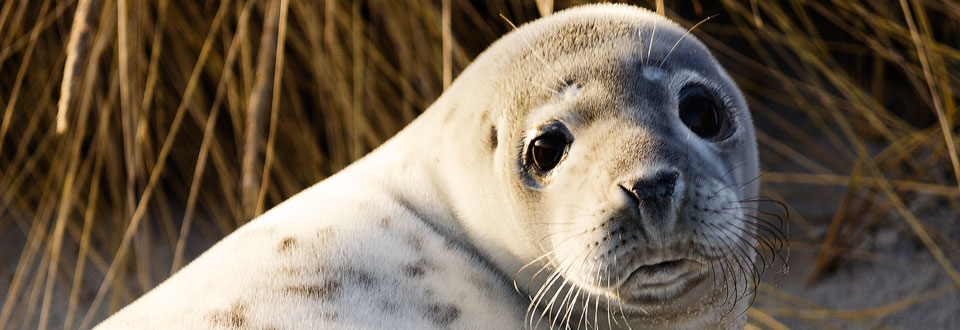
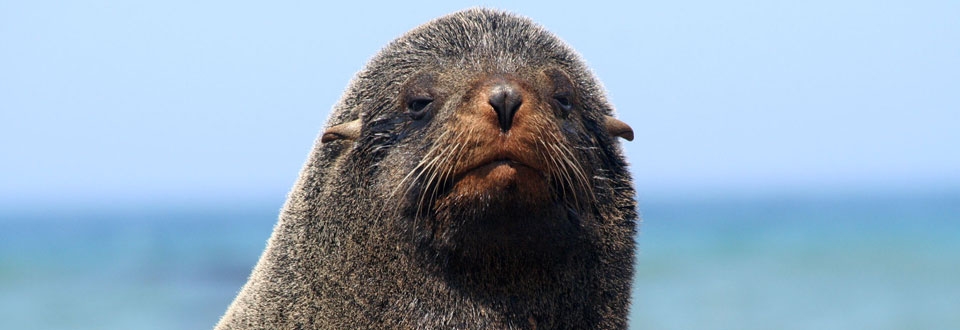
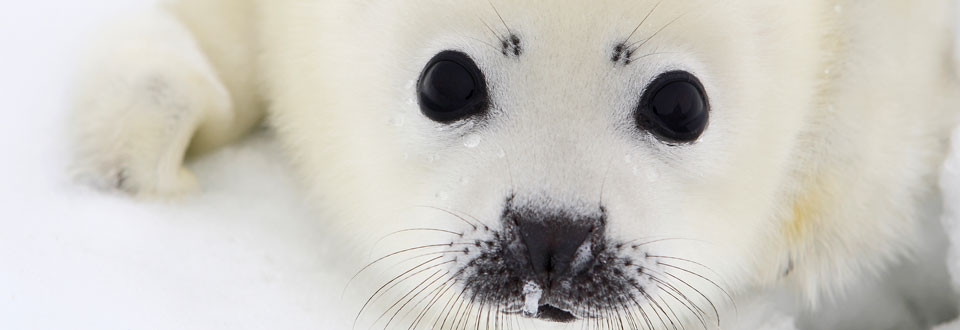
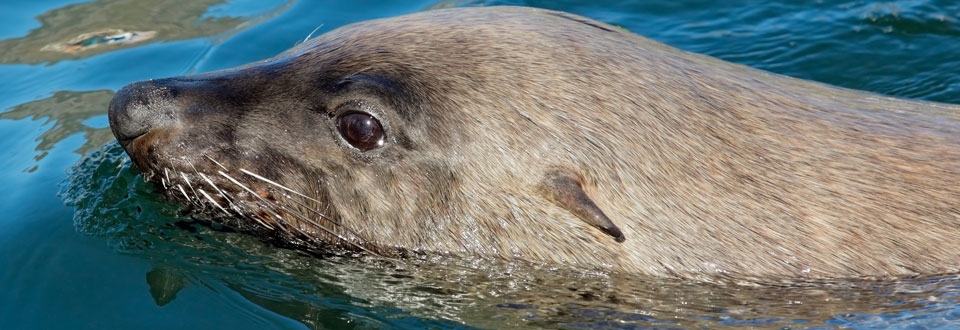
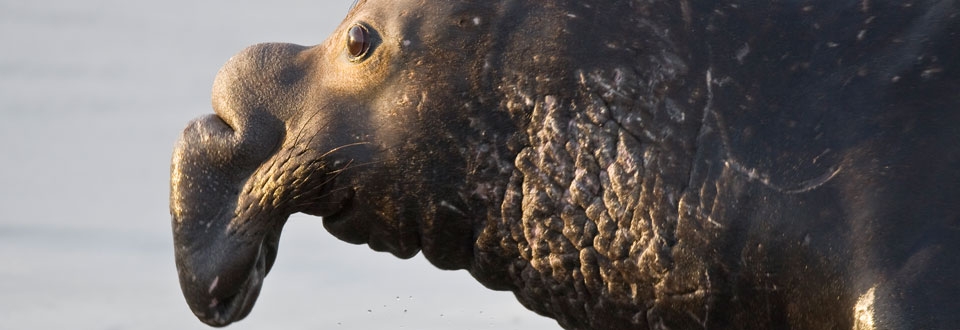
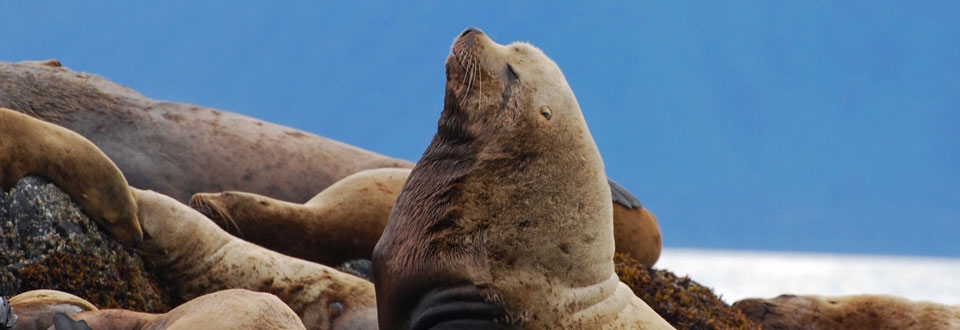
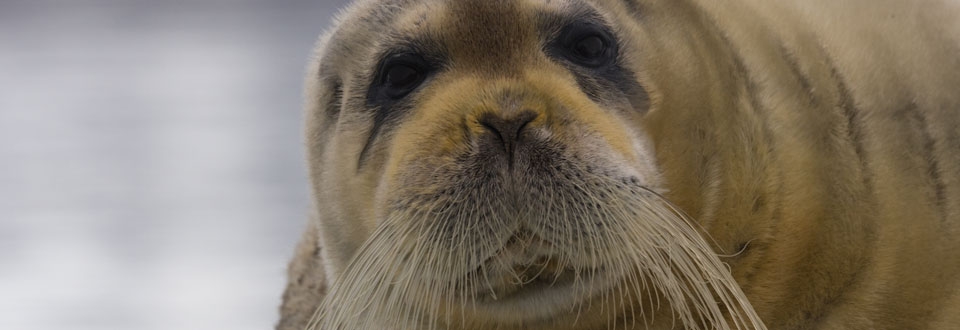
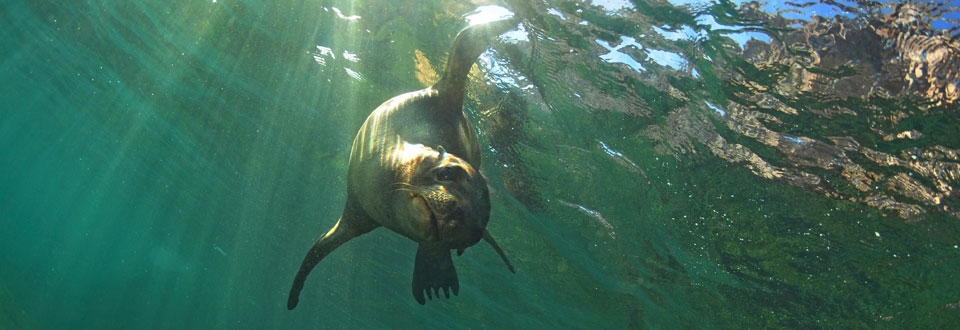
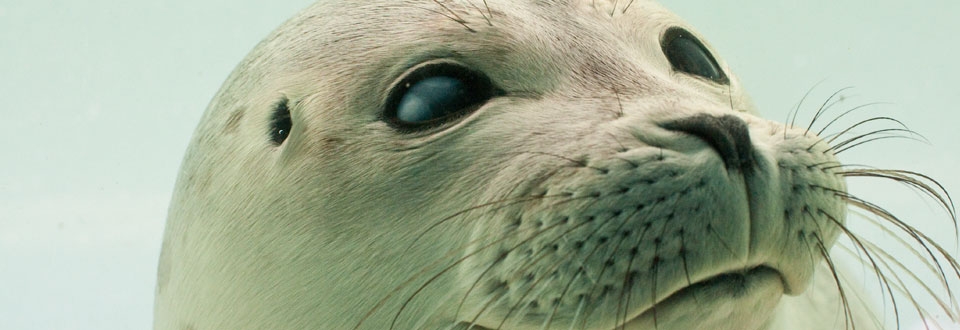
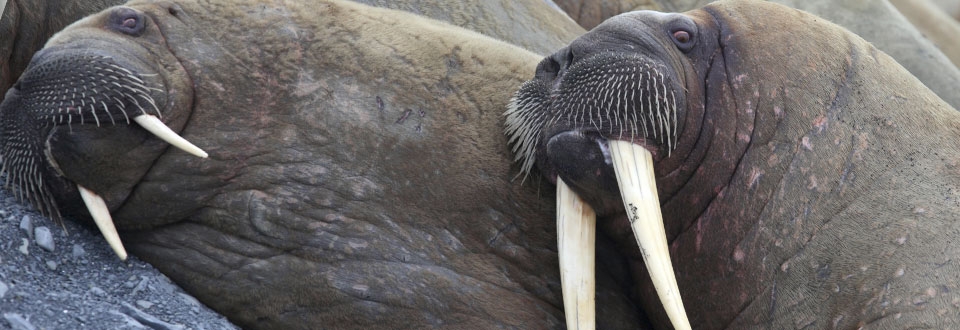
Pinniped Species
All
x
- – No known individuals remaining.
- – Known only to survive in captivity, or as a naturalized population outside its historic range.
- – Extremely high risk of extinction in the wild.
- – High risk of extinction in the wild.
- – High risk of endangerment in the wild.
- – Likely to become endangered in the near future.
- – Lowest risk. Does not qualify for a higher risk category. Widespread and abundant taxa are included in this category.
- – Not enough data to make an assessment of its risk of extinction.
- – Has not yet been evaluated against the criteria.
Subantarctic Fur Seal
- – No known individuals remaining.
- – Known only to survive in captivity, or as a naturalized population outside its historic range.
- – Extremely high risk of extinction in the wild.
- – High risk of extinction in the wild.
- – High risk of endangerment in the wild.
- – Likely to become endangered in the near future.
- – Lowest risk. Does not qualify for a higher risk category. Widespread and abundant taxa are included in this category.
- – Not enough data to make an assessment of its risk of extinction.
- – Has not yet been evaluated against the criteria.
Males – 6 feet
Females – 5 feet
Males – 300 lbs.
Females – 115 lbs.
Subantarctic fur seals are found on islands in the South Atlantic and Indian oceans. Males that “wander” from the colonies have been found in Brazil, Angola, and sometimes in Australia and New Zealand. Their global population is estimated to be 277,000 – 356,000.
Subantarctic fur seals are characterized by having a “face mask,” with a dark brown body and cream-colored fur around their faces and necks.
Myctophid fish and squid. Fur seals forage in typically shallow waters, and usually at night.
Subantarctic fur seals spend time on rocky shores during breeding season (November-January). The largest colonies inhabit islands near Gough, Amsterdam, and Prince Edward Islands. They are known to migrate over 300 miles away from these breeding grounds in order to forage for food.
Due to being hunted for their fur, the Subantarctic fur seal almost became extinct during the 1800’s. The seals have since been protected by legislation created in 2000, and experience no current major threats. Aside from humans, however, fur seals still have to worry about sharks and killer whales.
In 2000, protection was built on World Heritage listed Macquarie Island in Tasmania. The Tasmanian government built a 40-acre Marine Park on the eastern side of the island to help protect the fur seals living there, including an extension of protection to the surrounding waters. Since this, and other various acts of protection and preservation have been established, Subantarctic fur seals have been able to repopulate, and their growth rate has been estimated to be between 13-15%.
The breeding season occurs between November and January, while females are hauled out on rocky shores. After males arrive to the breeding grounds, they can accumulate 4-12 females in their respective territories. After giving birth (typically in November and December), mating occurs a week later, followed by a five-day forage by the females. Once the females are finished foraging, they return to the beaches and nurse their pups for 2-3 days.
Because of their broad location of colonies, Subantarctic fur seals are very genetically diverse. Subantarctic fur seals have been known to share space with Antarctic fur seals, with cross-species breeding observed.




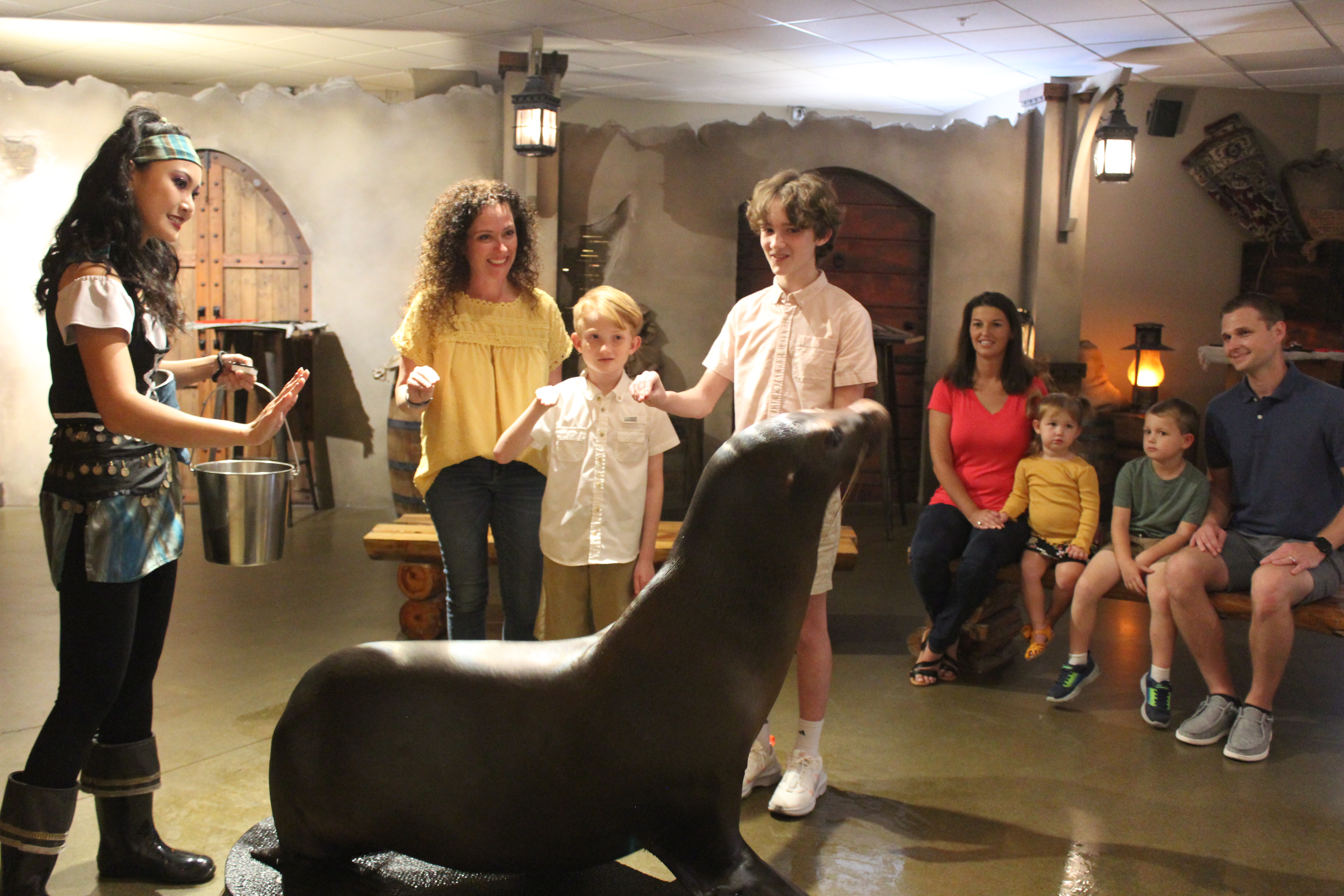 Animal Encounter
Animal Encounter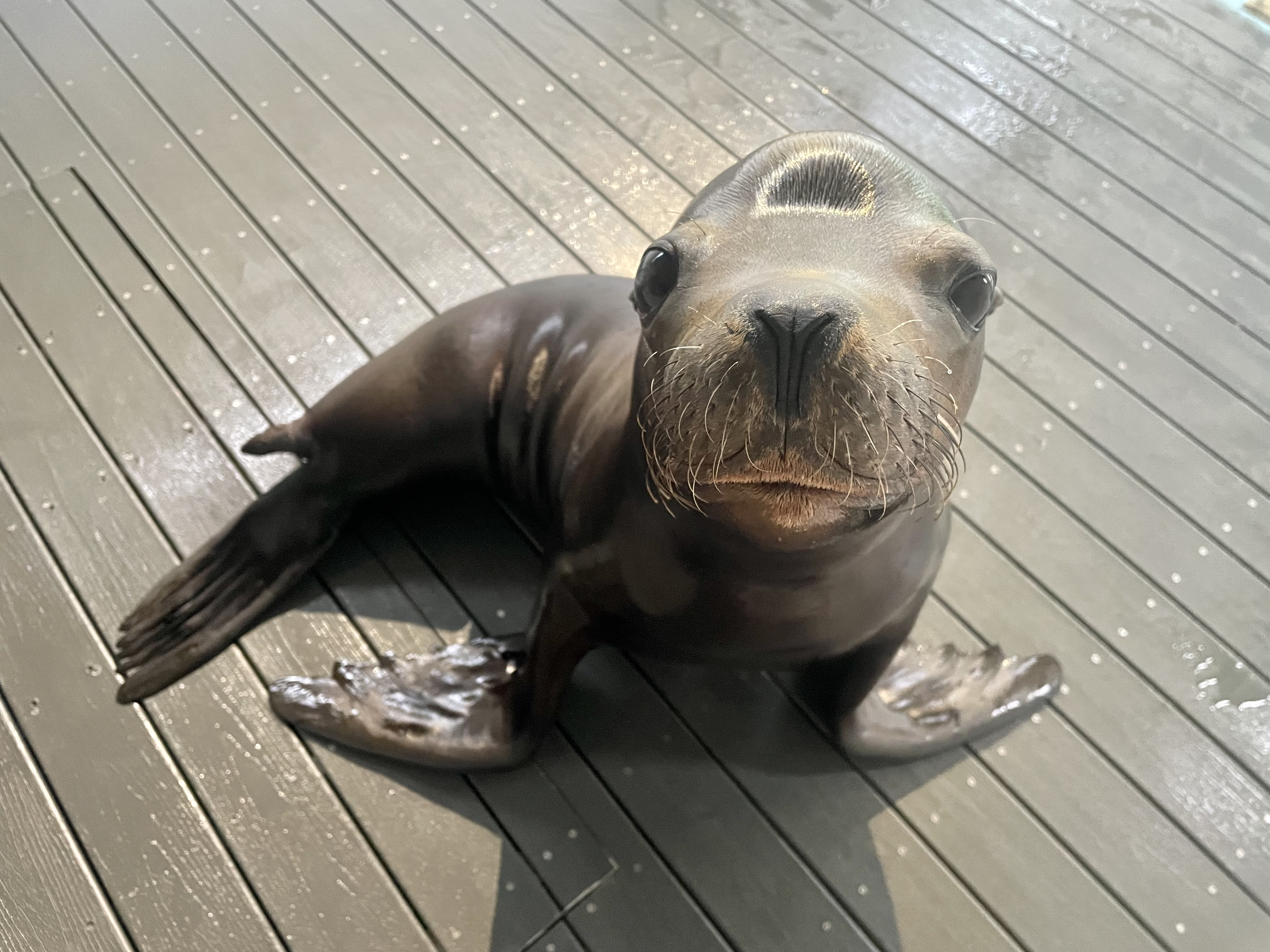 Our Locations
Our Locations
 Family Fun
Family Fun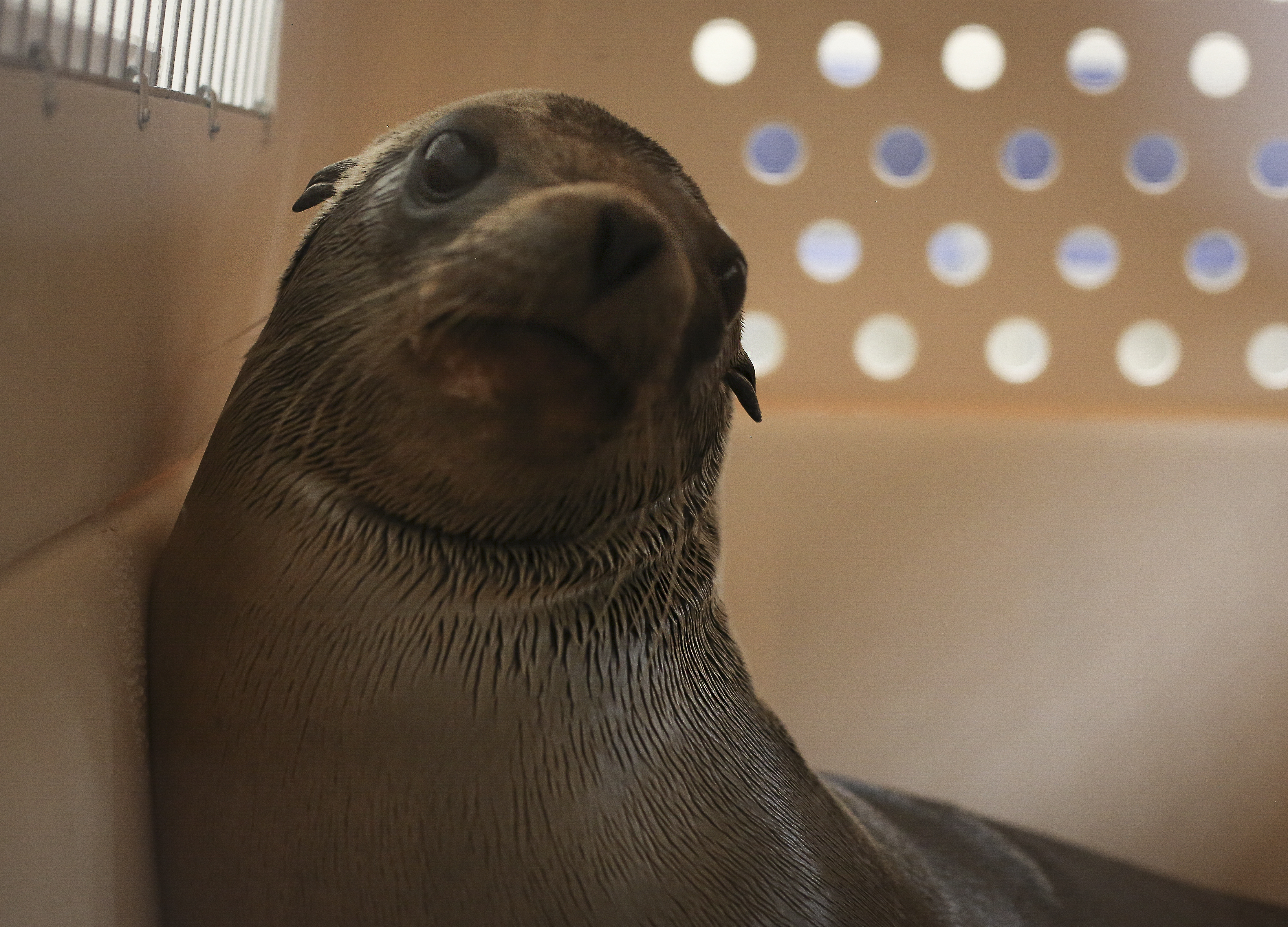
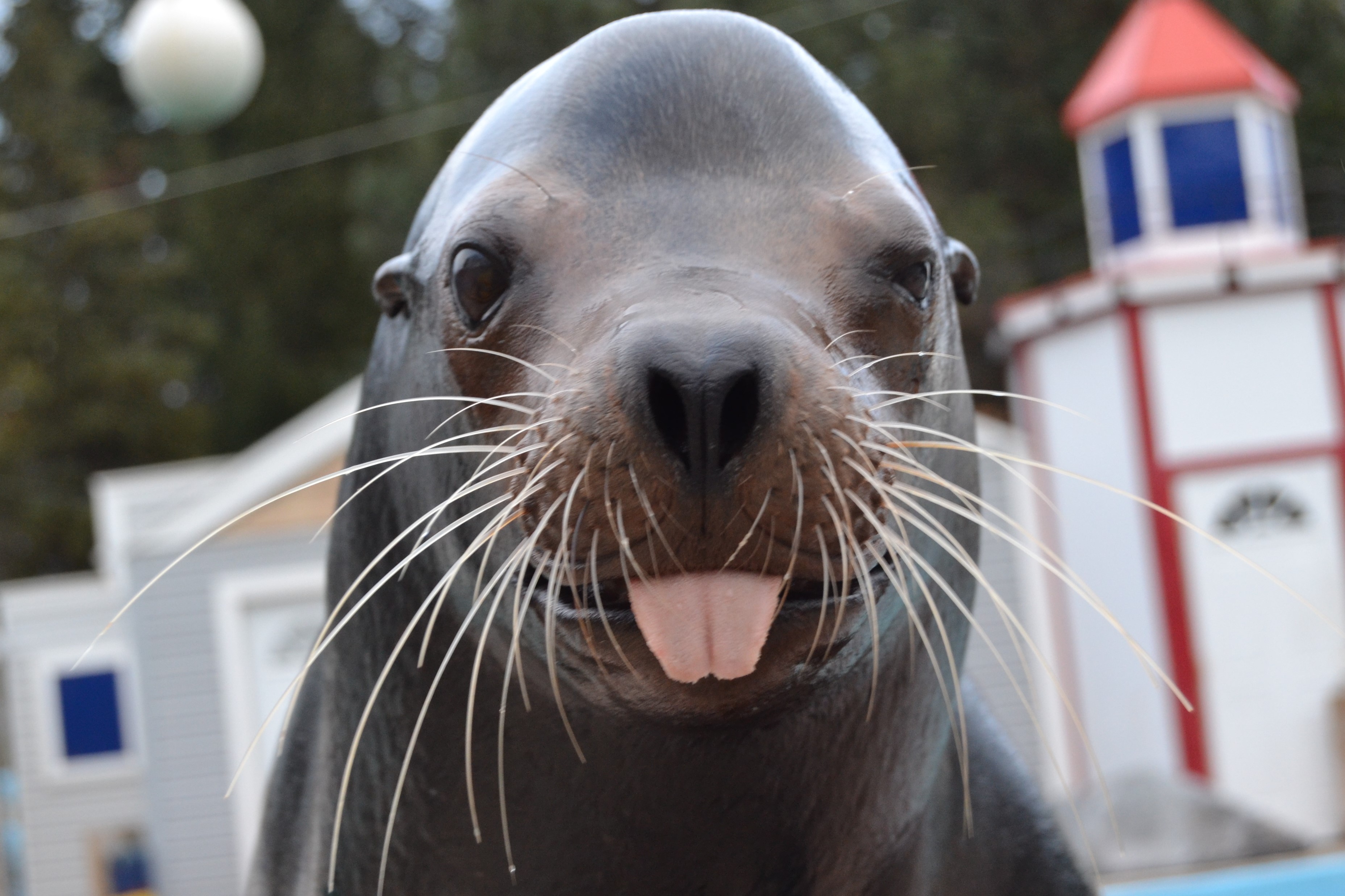
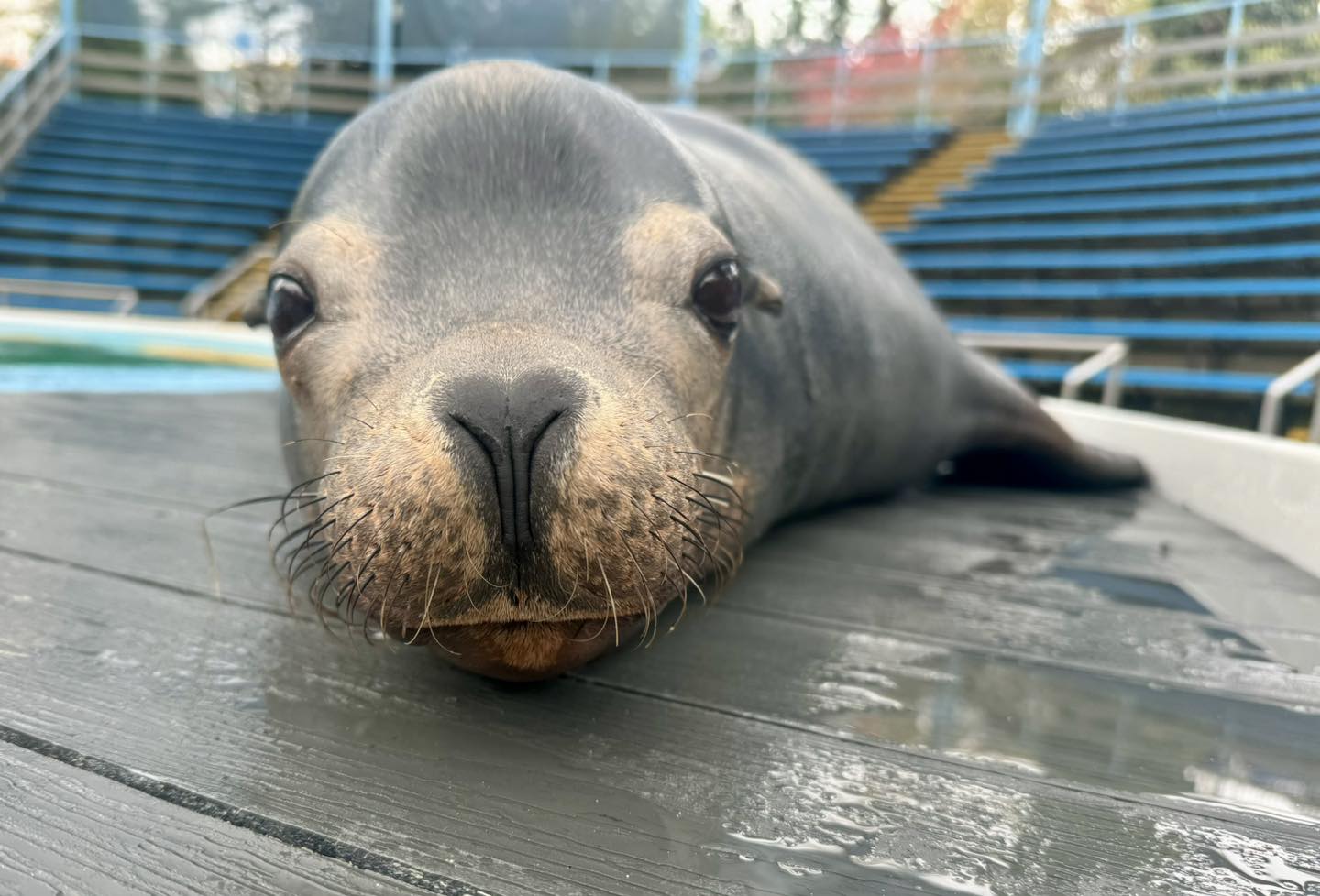 Meet Ripley!
Meet Ripley!

